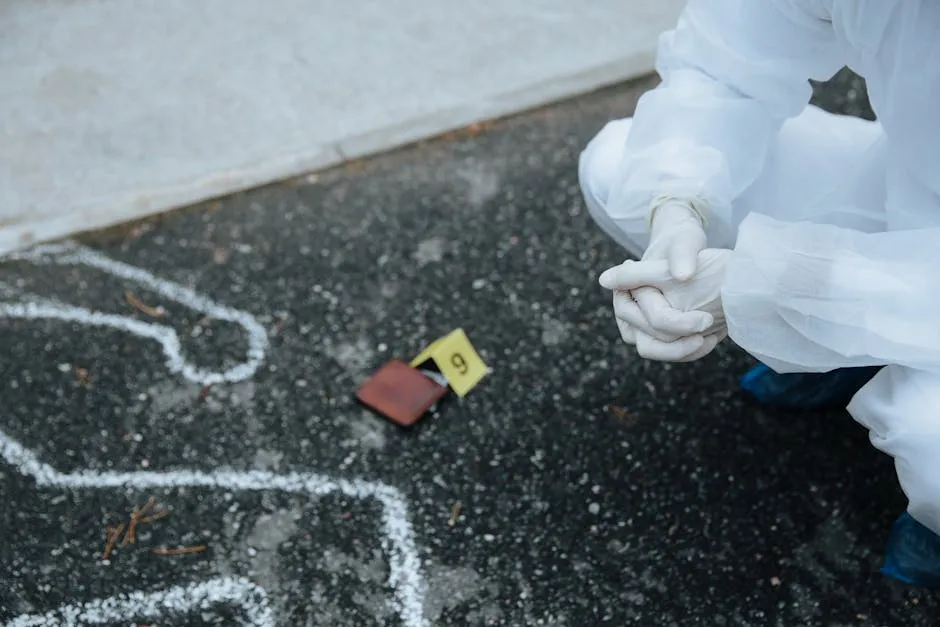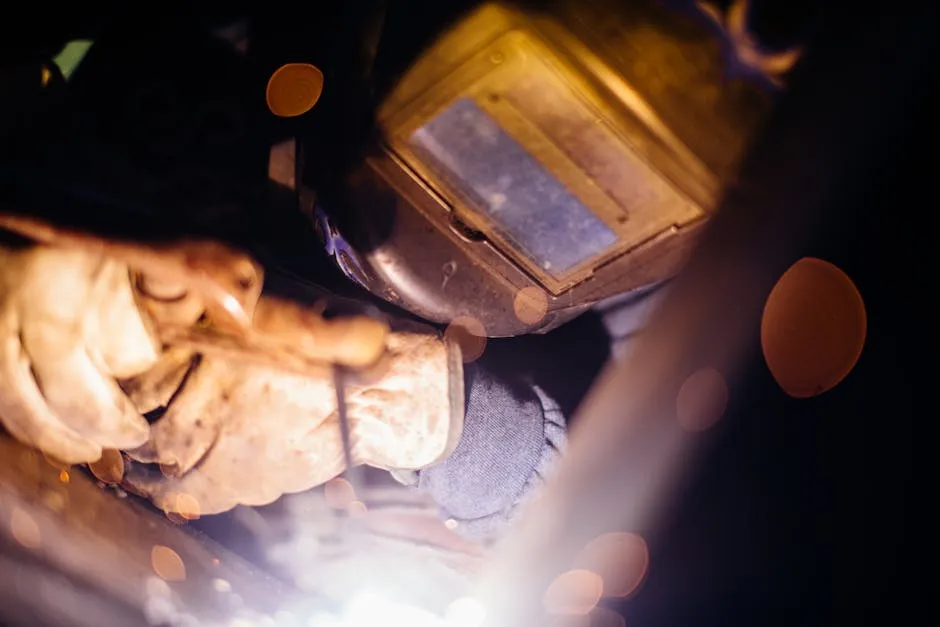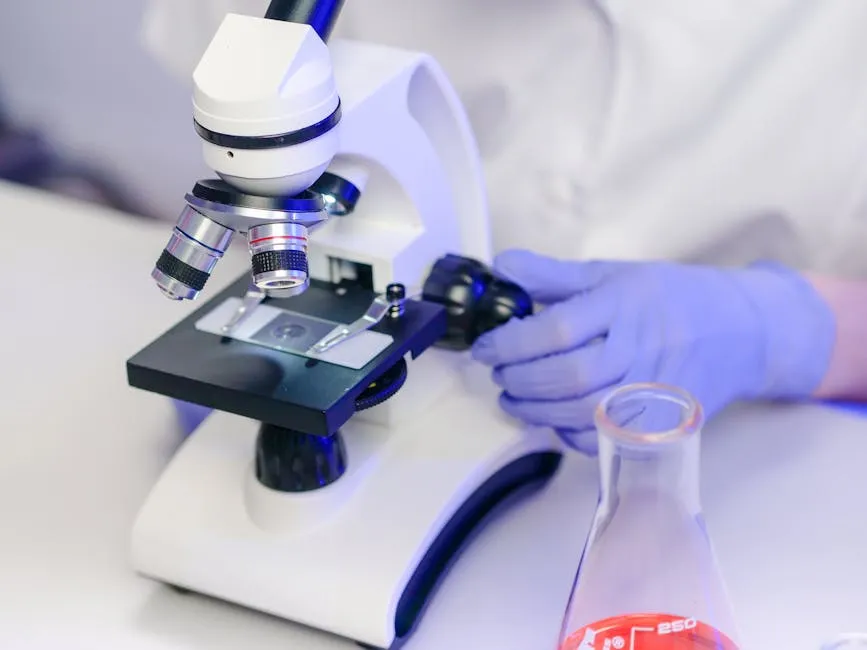
Why Is Glowing Combustion Important to Crime Scene Investigation?
Introduction
Imagine being a detective piecing together a crime scene puzzle. Each clue is vital, but some pieces shine brighter than others. Enter glowing combustion, an illuminating aspect of fire investigations. This phenomenon serves as a beacon, guiding investigators through the dark aftermath of a fire.
Glowing combustion occurs when materials burn at lower temperatures, often producing glowing embers instead of roaring flames. This subtle yet powerful clue reveals much about the fire dynamics and origins. Understanding glowing combustion is crucial for fire investigators. It helps them decipher the elements at play, enabling them to unravel mysteries behind suspicious fires.
The significance of glowing combustion extends beyond mere flames. It plays a dual role: showcasing fire behavior and assisting criminal investigations. Just like a detective relies on every piece of evidence to solve a case, investigators depend on glowing combustion to reconstruct the events leading to a fire. In the following sections, we will shed light on how this unique phenomenon impacts fire investigations and its importance in establishing the truth.

Summary
Glowing combustion is a cornerstone of fire investigation, revealing key insights into the origin and behavior of fires. By analyzing glowing embers and soot patterns, investigators can determine where a fire started. This knowledge is essential for establishing a fire’s point of origin, which is often a critical factor in solving arson cases.
Furthermore, glowing combustion assists in identifying accelerants—substances used to ignite or sustain a fire. Investigators can pinpoint the presence of accelerants by examining the characteristics of the combustion process. This can dramatically impact the direction of an investigation, linking a suspect to a crime scene with compelling evidence.
Forensic analysis plays a pivotal role in establishing timelines. By understanding the glow and burn patterns, experts can estimate when a fire occurred. This information connects suspects to specific events, enhancing the prosecution’s case.
To truly understand fire dynamics, consider diving deeper into the science with a comprehensive resource like The Science of Fire: A Comprehensive Guide. This book offers insights that can enhance your understanding of fire behavior and investigation techniques.
Understanding glowing combustion is essential for piecing together fire dynamics and criminal investigations. Explore its significance in crime scene investigations.
Characteristics of Glowing Combustion
Glowing combustion is a fascinating process. Unlike flaming combustion, which produces bright flames, glowing combustion emits a softer, less intense light. This occurs at lower temperatures, primarily involving solid materials. The magic happens when substances like wood or coal burn without a visible flame, creating glowing embers. These embers can be red, orange, or even white, depending on the temperature and material involved.
The physical properties of glowing combustion hinge on the combustion process itself. It requires a stable supply of heat, an oxidizer like oxygen, and a combustible material. When these elements combine, they spark a reaction that leads to glowing combustion. During this process, the material does not vaporize as intensely, allowing the glowing particles to persist.
Different materials contribute to varied flame colors due to their chemical composition. For instance, sodium can produce a bright yellow flame, while copper gives off a green hue. These colors are significant in investigations. They can indicate the type of material that burned and help pinpoint the fire’s origin. Firefighters and investigators can analyze soot deposits and color patterns to reconstruct events accurately, making glowing combustion a vital clue in arson cases.
In summary, understanding the characteristics of glowing combustion provides essential insights into fire dynamics. The interplay of different materials and their resultant flame colors can unlock mysteries behind suspicious fires, making it a critical aspect of crime scene investigation.
The characteristics of glowing combustion play a crucial role in understanding fire dynamics and assisting investigations. Learn more about its implications in crime scene investigations.

Glowing Combustion in Crime Scene Investigation
Importance in Fire Dynamics
Glowing combustion patterns tell a story about a fire’s intensity and direction. Investigators look for burn patterns and soot deposits on surfaces. These clues reveal how a fire spread and how hot it got. For instance, a concentrated area of glowing embers might indicate where the fire originated.
By analyzing these patterns, experts can identify points of origin. This information is crucial for understanding the sequence of events during a fire. Was it an accident or something more sinister? Knowing where the fire started can lead investigators to key evidence, such as the presence of accelerants or other contributing factors.
To ensure safety in your own home, consider investing in a Smoke Detector with Smart Home Integration. This device not only alerts you to smoke but also integrates with your smartphone, keeping you informed even when you’re not at home.

Identifying Accelerants
Glowing combustion is particularly useful in identifying accelerants. These are substances that can speed up a fire, often used in arson cases. When investigators observe glowing embers, they assess the materials involved. Specific accelerants can produce unique combustion characteristics.
Common accelerants include gasoline, lighter fluid, and alcohol. Each has distinct properties that affect the combustion process. For example, gasoline burns at a higher temperature, creating a bright flame and distinctive soot patterns. By examining these patterns, investigators can determine if accelerants were present.
This analysis can lead to crucial evidence in arson investigations. If glowing combustion suggests the presence of accelerants, it can strengthen the case against a suspect. Ultimately, understanding glowing combustion patterns aids investigators in establishing connections between suspects and the crime scene, making it a vital tool in fire investigations.
Establishing Timelines
Glowing combustion can also help forensic experts estimate how long it has been since a fire occurred. The intensity and duration of glowing combustion leave marks that can be analyzed. By assessing these marks, investigators can formulate a timeline of events.
This timeline is essential for suspect identification and prosecution. If a suspect claims to have been elsewhere during the fire, glowing combustion evidence can contradict their story. By piecing together the timeline, investigators can build a stronger case, ensuring that justice is served.
For those who want to be prepared for any emergency, having a First Aid Kit for Home and Travel is essential. Because you never know when you might need it—better safe than sorry!

Establishing Timelines
Glowing combustion patterns are like time stamps for forensic experts. By examining these patterns, they can estimate how long it has been since a fire occurred. Each glowing ember tells a tale of duration and intensity. Investigators analyze the characteristics of the combustion, including burn marks and soot deposits, to piece together a timeline of events.
For instance, a fire that burns longer will leave distinctive traces. These traces provide vital clues about when the fire started. If the glowing combustion shows signs of prolonged heat, investigators can narrow down the timeline significantly. This timeline becomes a crucial piece of evidence for linking suspects to the crime scene.
The implications for suspect identification and prosecution are profound. If a suspect claims to have been elsewhere during the fire, glowing combustion evidence can challenge their alibi. For instance, if the timeline indicates that the fire started while a suspect was supposedly miles away, it raises questions about their whereabouts. This analysis can strengthen the prosecution’s case, helping to ensure that justice prevails.
Moreover, glowing combustion can provide context for the fire’s origin. When combined with witness statements and other evidence, it creates a compelling narrative. This narrative can influence court proceedings, swaying juries and judges alike. In the world of fire investigations, every second counts, and glowing combustion patterns can illuminate crucial details that lead to unraveling the truth behind suspicious fires.

Challenges and Limitations
Misinterpretations
Analyzing glowing combustion evidence can be tricky. Mistakes often arise from the misinterpretation of burn patterns and soot deposits. For instance, investigators may mistakenly identify the source of a fire due to overlapping burn marks. This confusion can lead to incorrect conclusions about the fire’s origin. Not to mention, environmental factors can throw a wrench in the works.
Consider a scene where glowing combustion is influenced by wind patterns or humidity. These elements can alter how fire spreads and how glowing embers behave. A fire that appears to have smoldered for hours may actually have been affected by external conditions. This makes accurate analysis challenging and can complicate investigations. Thus, it’s crucial for investigators to account for these variables.
Another common pitfall involves assuming glowing combustion always indicates a specific type of fire or accelerant. However, the same glowing patterns can result from various materials burning under different conditions. This can lead to misidentification and potentially derail an investigation.

Advancements in Technology
Despite these challenges, forensic science is evolving. Recent advancements have equipped investigators with modern tools that improve the accuracy of glowing combustion analyses. For example, infrared thermography allows investigators to visualize temperature variations in a fire scene. This technology can reveal hidden combustion patterns not visible to the naked eye. Enhance your investigation with an Infrared Thermography Camera for precise temperature readings.
Additionally, chemical analysis has made great strides. Techniques like gas chromatography-mass spectrometry (GC-MS) can accurately identify accelerants present in glowing combustion. These tools provide deeper insights into the fire’s nature and origins, allowing investigators to make more informed conclusions.
Looking ahead, the future of fire investigation technology is promising. Innovations in data analysis and machine learning could revolutionize how fire patterns are interpreted. Imagine algorithms that analyze burn patterns and predict fire behavior in real-time! Such advancements could significantly enhance the effectiveness of fire investigations.
In summary, while challenges and limitations exist in analyzing glowing combustion, technology is paving the way for more accurate interpretations. As forensic science continues to grow, investigators will be better equipped to unravel the mysteries of fire scenes.

Conclusion
Glowing combustion is a game changer in crime scene investigations. Understanding this phenomenon is essential for piecing together fire dynamics, identifying accelerants, and establishing timelines. Each glowing ember serves as a vital clue, illuminating the path to justice.
Firstly, glowing combustion reveals important insights into how a fire behaved. By analyzing burn patterns, investigators can determine the fire’s origin and intensity. This information can differentiate between accidental and intentional fires, guiding law enforcement in their inquiries.
Moreover, glowing combustion is instrumental in identifying accelerants. Investigators can use the characteristics of glowing combustion to pinpoint substances like gasoline or alcohol, often used in arson. Knowing what ignited the fire can lead to crucial connections between suspects and crime scenes.
Finally, timelines play a pivotal role in criminal cases. Glowing combustion patterns provide forensic experts with evidence to estimate when a fire occurred. This timeline can either support or undermine a suspect’s alibi, making it a key factor in prosecution.
In your quest for home safety, don’t forget to have a Fire Extinguisher – Multipurpose ABC readily available. It’s an essential tool for immediate response to small fires, ensuring you and your loved ones stay safe.
In summary, the importance of glowing combustion in crime scene investigations cannot be overstated. It showcases the complexity of forensic science and the critical role it plays in delivering justice. Each investigation reflects a larger story, where glowing combustion helps ensure that truth prevails.
FAQs
What is glowing combustion?
Glowing combustion occurs when materials burn at lower temperatures, producing glowing embers instead of flames. This type of combustion is significant in forensic investigations as it provides clues about fire dynamics and material involvement.
How can glowing combustion assist in determining the cause of a fire?
By analyzing the burn patterns and characteristics of glowing combustion, investigators can identify the fire’s origin and intensity. This helps distinguish between accidental fires and arson, guiding further investigation.
What role do forensic scientists play in fire investigations?
Forensic scientists examine evidence from fire scenes. They analyze materials, identify accelerants, and help reconstruct the events leading to a fire, playing a critical role in unraveling the truth.
Can glowing combustion be used to identify arson?
Yes, glowing combustion is crucial in arson investigations. It can indicate the presence of accelerants and reveal patterns that suggest a fire was intentionally set.
What are the common accelerants found in glowing combustion?
Common accelerants include gasoline, lighter fluid, and alcohol. Each of these substances has distinct combustion characteristics that can be identified through glowing combustion analysis, helping investigators link suspects to the crime scene.
Please let us know what you think about our content by leaving a comment down below!
Thank you for reading till here 🙂
All images from Pexels




